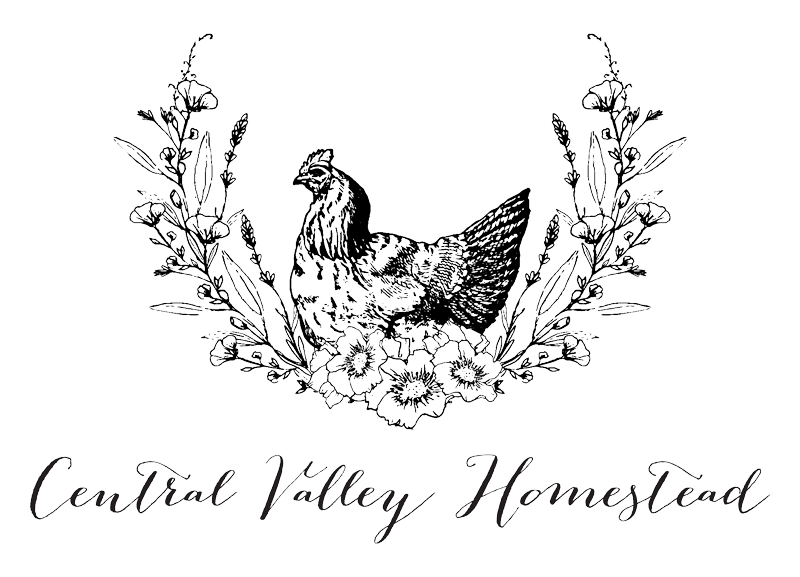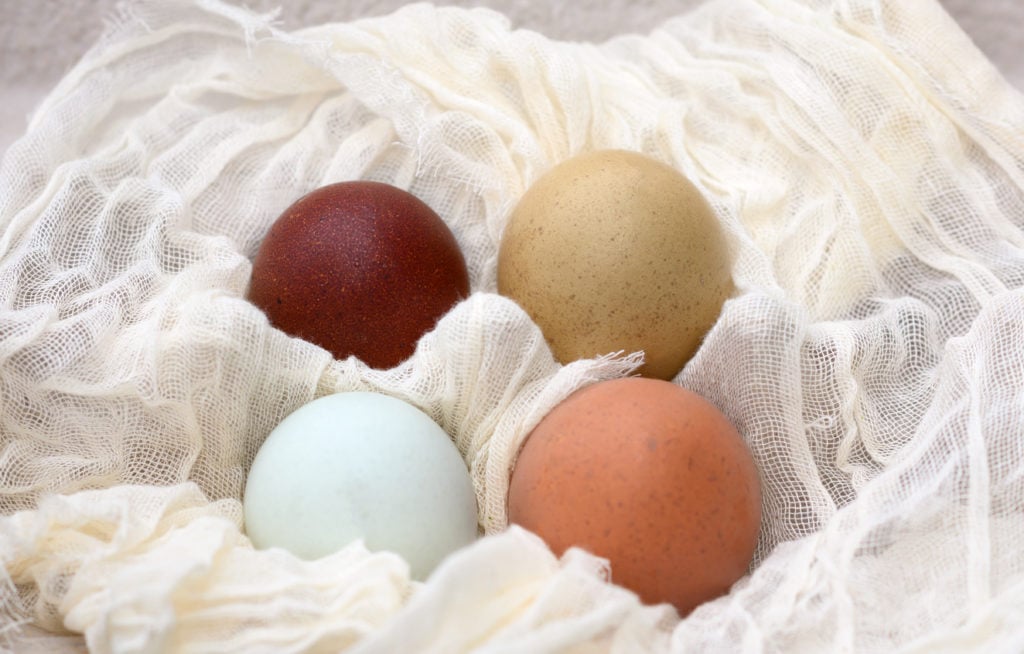Olive Eggers bring joy to your daily egg gathering. Their light green or dark green appearance is a daily reminder of the magic in farming.
When you head down the dairy aisle at the grocery store, you’ll only notice white or brown eggs. When really there is a world of colorful eggs no one has ever experienced.
Over the summer, when we were in Italy, I instantly noticed the beautiful blue chicken eggs sitting in baskets of the market. The eggs are unwashed, stamped with a date, and sat waiting to be gathered and placed into a carton by the customer. Such a different experience than we have here in the US. I truly believe a part of that left a lasting impression on me…
Our Olive Eggers:
In order to create a chicken that lays green eggs, they have to have 1 parent who has a blue egg laying gene and the other parent needs to have a brown egg laying gene. The chick is called a F1 OE (First Generation Olive Egger). So, when you receive a brown egg from us that is sold as an Olive Egger, that means the hen was in with our rooster that carries the blue egg laying gene. If you receive a blue egg from us sold as an olive egger, then the hen was in with our rooster that carries the brown egg laying gene. These chicks grow up to typically lay light green eggs.
You can keep going though! If you take that F1 OE hen and pair her with a rooster that carries the blue egg laying gene, then you can get a chick that would produce really light green eggs that sometimes look like spearmint. On the other hand, if you took that same F1 OE hen and paired her with a rooster carrying the brown egg laying gene, then that chick would someday produce dark olive green colored eggs. These chicks are referred to F2 OE (Second Generation Olive Eggers). So, if you receive a green egg from us, then that chick is a F2 OE.
Here is the kicker… after 3 generations it is possible for chickens to start laying brown, pink, blue, etc. colored eggs. I’m still learning about the genetics, so more to come on this topic.
The fun part is, you can play around with speckled eggs too! For example, a Welsummer hen lays brown speckled eggs, pair her with a rooster that carries the blue egg laying gene, and you’ve got a green speckled egg layer!!!
Happy Hatching!
Ashley

